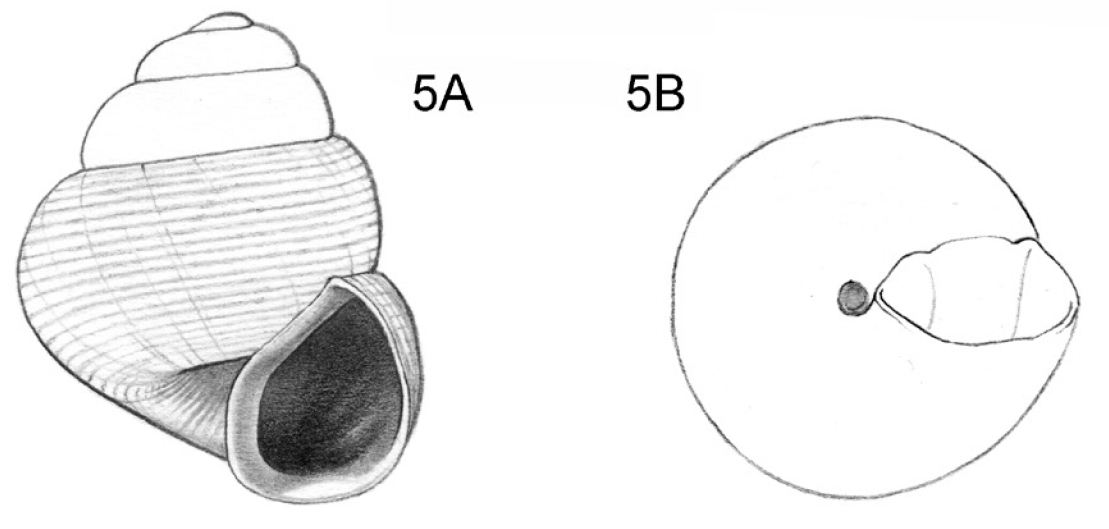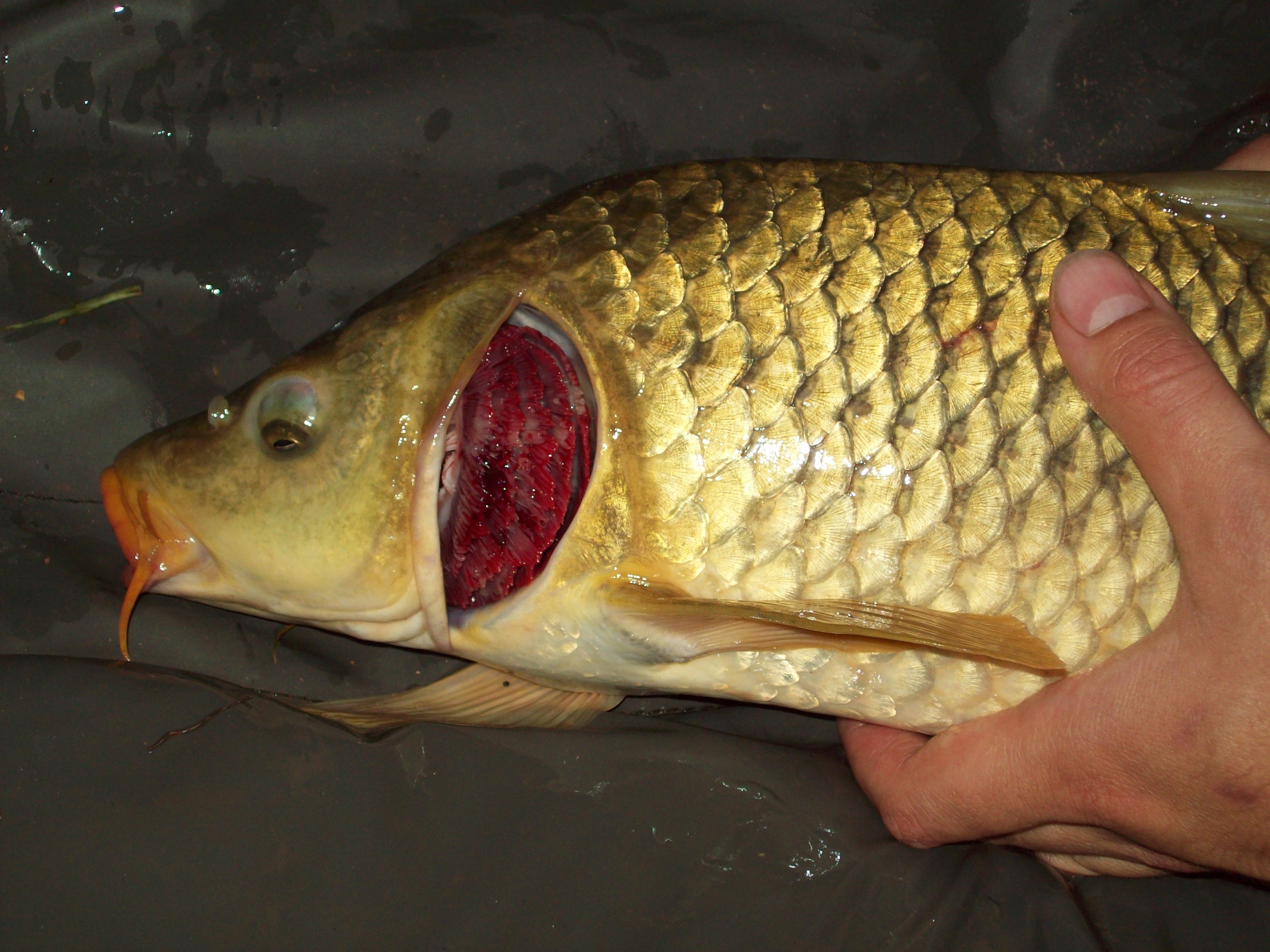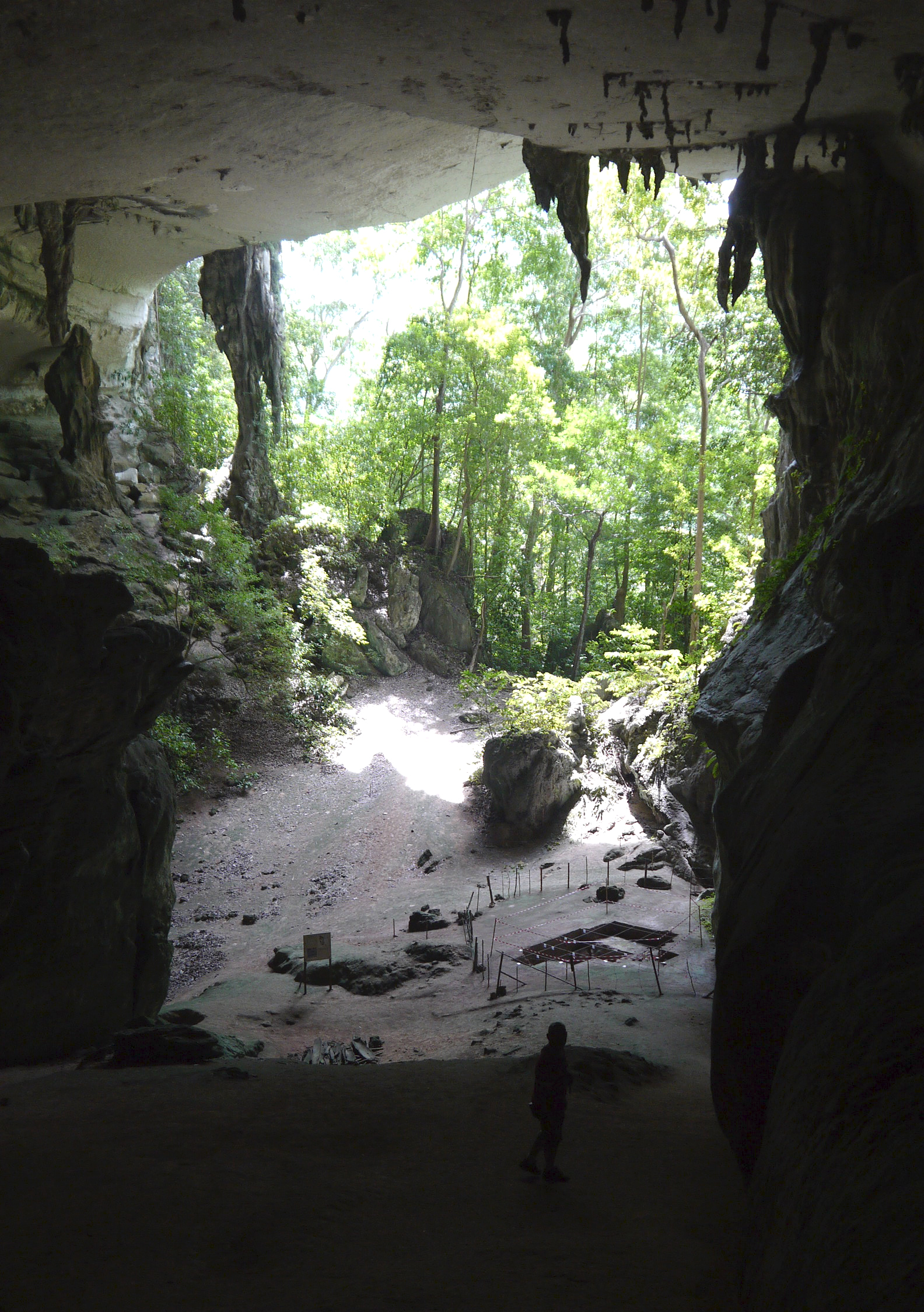|
Acmella Nana
''Acmella nana'' is a species of land snail discovered from Borneo, Malaysia, in 2015. It was described by Jaap J. Vermeulen of the JK Art and Science in Leiden, Thor-Seng Liew of the Institute for Tropical Biology and Conservation at the Universiti Malaysia Sabah, and Menno Schilthuizen of the Naturalis Biodiversity Center in Leiden. It was named ''nana'' (Latin for "dwarf") due to its minute size. Measuring only 0.7 millimeters in size, it is the smallest known land snail as of 2015. It surpasses the earlier record attributed to ''Angustopila dominikae'', which is 0.86 mm in size, described from China in September 2015. Etymology The genus name ''Acmella'' is derived from a Greek word ''akme'' meaning "(the highest) point, edge or peak of anything." The species name ''nana'' was derived from a Latin word ''nanus'' meaning "dwarf", and was chosen because of its small size. Description ''Acmella nana'' has a gastropod shell, shell, which is whitish in colour and has a shin ... [...More Info...] [...Related Items...] OR: [Wikipedia] [Google] [Baidu] |
Animal
Animals are multicellular, eukaryotic organisms in the Kingdom (biology), biological kingdom Animalia. With few exceptions, animals Heterotroph, consume organic material, Cellular respiration#Aerobic respiration, breathe oxygen, are Motility, able to move, can Sexual reproduction, reproduce sexually, and go through an ontogenetic stage in which their body consists of a hollow sphere of Cell (biology), cells, the blastula, during Embryogenesis, embryonic development. Over 1.5 million Extant taxon, living animal species have been Species description, described—of which around 1 million are Insecta, insects—but it has been estimated there are over 7 million animal species in total. Animals range in length from to . They have Ecology, complex interactions with each other and their environments, forming intricate food webs. The scientific study of animals is known as zoology. Most living animal species are in Bilateria, a clade whose members have a Symmetry in biology#Bilate ... [...More Info...] [...Related Items...] OR: [Wikipedia] [Google] [Baidu] |
Gastropod Shell
The gastropod shell is part of the body of a Gastropoda, gastropod or snail, a kind of mollusc. The shell is an exoskeleton, which protects from predators, mechanical damage, and dehydration, but also serves for muscle attachment and calcium storage. Some gastropods appear shell-less (slugs) but may have a remnant within the mantle, or in some cases the shell is reduced such that the body cannot be retracted within it (semi-slug). Some snails also possess an operculum that seals the opening of the shell, known as the Aperture (mollusc), aperture, which provides further protection. The study of mollusc shells is known as conchology. The biological study of gastropods, and other molluscs in general, is malacology. Shell morphology terms vary by species group. Shell layers The gastropod shell has three major layers secreted by the Mantle (mollusc), mantle. The calcareous central layer, tracum, is typically made of calcium carbonate precipitated into an organic matrix known as c ... [...More Info...] [...Related Items...] OR: [Wikipedia] [Google] [Baidu] |
Organism Size
In biology, an organism () is any living system that functions as an individual entity. All organisms are composed of cells (cell theory). Organisms are classified by taxonomy into groups such as multicellular animals, plants, and fungi; or unicellular microorganisms such as protists, bacteria, and archaea. All types of organisms are capable of reproduction, growth and development, maintenance, and some degree of response to stimuli. Beetles, squids, tetrapods, mushrooms, and vascular plants are examples of multicellular organisms that differentiate specialized tissues and organs during development. A unicellular organism may be either a prokaryote or a eukaryote. Prokaryotes are represented by two separate domains – bacteria and archaea. Eukaryotic organisms are characterized by the presence of a membrane-bound cell nucleus and contain additional membrane-bound compartments called organelles (such as mitochondria in animals and plants and plastids in plants an ... [...More Info...] [...Related Items...] OR: [Wikipedia] [Google] [Baidu] |
Gastropods Described In 2015
The gastropods (), commonly known as snails and slugs, belong to a large taxonomic class of invertebrates within the phylum Mollusca called Gastropoda (). This class comprises snails and slugs from saltwater, from freshwater, and from land. There are many thousands of species of sea snails and slugs, as well as freshwater snails, freshwater limpets, and land snails and slugs. The class Gastropoda contains a vast total of named species, second only to the insects in overall number. The fossil history of this class goes back to the Late Cambrian. , 721 families of gastropods are known, of which 245 are extinct and appear only in the fossil record, while 476 are currently extant with or without a fossil record. Gastropoda (previously known as univalves and sometimes spelled "Gasteropoda") are a major part of the phylum Mollusca, and are the most highly diversified class in the phylum, with 65,000 to 80,000 living snail and slug species. The anatomy, behavior, feeding, and re ... [...More Info...] [...Related Items...] OR: [Wikipedia] [Google] [Baidu] |
Gill
A gill () is a respiratory organ that many aquatic organisms use to extract dissolved oxygen from water and to excrete carbon dioxide. The gills of some species, such as hermit crabs, have adapted to allow respiration on land provided they are kept moist. The microscopic structure of a gill presents a large surface area to the external environment. Branchia (pl. branchiae) is the zoologists' name for gills (from Ancient Greek ). With the exception of some aquatic insects, the filaments and lamellae (folds) contain blood or coelomic fluid, from which gases are exchanged through the thin walls. The blood carries oxygen to other parts of the body. Carbon dioxide passes from the blood through the thin gill tissue into the water. Gills or gill-like organs, located in different parts of the body, are found in various groups of aquatic animals, including mollusks, crustaceans, insects, fish, and amphibians. Semiterrestrial marine animals such as crabs and mudskippers have gill ch ... [...More Info...] [...Related Items...] OR: [Wikipedia] [Google] [Baidu] |
Operculum (gastropod)
The operculum (; ) is a corneous or calcareous anatomical structure like a trapdoor that exists in many (but not all) groups of sea snails and freshwater snails, and also in a few groups of land snails; the structure is found in some marine and freshwater gastropods, and in a minority of terrestrial gastropods, including the families Helicinidae, Cyclophoridae, Aciculidae, Maizaniidae, Pomatiidae, etc. The operculum is attached to the upper surface of the foot and in its most complete state, it serves as a sort of "trapdoor" to close the aperture of the shell when the soft parts of the animal are retracted. The shape of the operculum varies greatly from one family of gastropods to another. It is fairly often circular, or more or less oval in shape. In species where the operculum fits snugly, its outline corresponds exactly to the shape of the aperture of the shell and it serves to seal the entrance of the shell. Many families have opercula that are reduced in size, and which a ... [...More Info...] [...Related Items...] OR: [Wikipedia] [Google] [Baidu] |
Acmella Polita
''Acmella'' is a genus of plants in the family Asteraceae, described as a genus in 1807. It is native to the Americas and has been introduced to Asia, Africa, the Pacific islands, and Australia. One familiar species is ''Acmella oleracea'', which has been widely cultivated for centuries. It is used for food and medicine, and as an insecticide and an ornamental plant. Its common use as an herbal remedy for toothache and oral infections earned it the nickname toothache plant. These are annual or perennial herbs with branching stems usually reaching 10 to 20 centimeters in length, growing prostrate or erect. The oppositely arranged leaves are smooth-edged or toothed, and usually have rough or soft hairs. The flower heads are usually solitary at the tips of the stem branches, or occasionally borne in inflorescences. There are several to many disc florets with bell-shaped throats and 4 or 5 triangular lobes, usually yellow, or sometimes orange. Some species lack ray florets, but ... [...More Info...] [...Related Items...] OR: [Wikipedia] [Google] [Baidu] |
Sabah
Sabah () is a state of Malaysia located in northern Borneo, in the region of East Malaysia. Sabah borders the Malaysian state of Sarawak to the southwest and the North Kalimantan province of Indonesia to the south. The Federal Territory of Labuan is an island just off Sabah's west coast. Kota Kinabalu is the state capital city, the economic centre of the state, and the seat of the Sabah state government. Other major towns in Sabah include Sandakan and Tawau. The 2020 census recorded a population of 3,418,785 in the state. It has an equatorial climate with tropical rainforests, abundant with animal and plant species. The state has long mountain ranges on the west side which forms part of the Crocker Range National Park. Kinabatangan River, the second longest river in Malaysia runs through Sabah. The highest point of Sabah, Mount Kinabalu is also the highest point of Malaysia. The earliest human settlement in Sabah can be traced back to 20,000–30,000 years ago al ... [...More Info...] [...Related Items...] OR: [Wikipedia] [Google] [Baidu] |
Sarawak
Sarawak (; ) is a state of Malaysia. The largest among the 13 states, with an area almost equal to that of Peninsular Malaysia, Sarawak is located in northwest Borneo Island, and is bordered by the Malaysian state of Sabah to the northeast, Kalimantan (the Indonesian portion of Borneo) to the south, and Brunei in the north. The capital city, Kuching, is the largest city in Sarawak, the economic centre of the state, and the seat of the Sarawak state government. Other cities and towns in Sarawak include Miri, Sibu, and Bintulu. As of 2021, the population of Sarawak was estimated to be around 2.45 million. Sarawak has an equatorial climate with tropical rainforests and abundant animal and plant species. It has several prominent cave systems at Gunung Mulu National Park. Rajang River is the longest river in Malaysia; Bakun Dam, one of the largest dams in Southeast Asia, is located on one of its tributaries, the Balui River. Mount Murud is the highest point in the state. ... [...More Info...] [...Related Items...] OR: [Wikipedia] [Google] [Baidu] |
Niah National Park
Niah National Park, located within Miri Division, Sarawak, Malaysia, is the site of the Niah Caves limestone cave and archeological site. History Alfred Russel Wallace lived for 8 months at Simunjan District with a mining engineer, Robert Coulson, who had explored what is now northern Sarawak for mineral ores. Coulson later wrote to Wallace about finding bones in a number of caves in Sarawak. On further enquiry, Wallace learned that one cave in question "was situated in the district between Sarawak and Bruni (Brunei), on a mountain some distance inland." In March 1864, Wallace favoured Coulson to explore the caves. However, later in May 1864, G. J. Ricketts, a British Consul to Sarawak was appointed to undertake the work. Ricketts did not remain in the post for long and subsequently Alfred Hart Everett was chosen to undertake the work. Everett surveyed 32 caves in three areas, including Niah/Subis (near Miri) and "Upper Sarawak Proper" (to the south of Kuching). In the 195 ... [...More Info...] [...Related Items...] OR: [Wikipedia] [Google] [Baidu] |
ZooKeys
''ZooKeys'' is a peer-reviewed open access scientific journal covering zoological taxonomy, phylogeny, and biogeography. It was established in 2008 and the editor-in-chief is Terry Erwin (Smithsonian Institution). It is published by Pensoft Publishers. ''ZooKeys'' provides all new taxa to the Encyclopedia of Life on the day of publication. See also * ''Zootaxa ''Zootaxa'' is a peer-reviewed scientific mega journal for animal taxonomists. It is published by Magnolia Press ''Magnolia'' is a large genus of about 210 to 340The number of species in the genus ''Magnolia'' depends on the taxonomic view ...'' References External links * * * Creative Commons Attribution-licensed journals English-language journals Open access journals Publications established in 2008 Zoology journals Pensoft Publishers academic journals Continuous journals {{zoo-journal-stub ... [...More Info...] [...Related Items...] OR: [Wikipedia] [Google] [Baidu] |






_torquata_002.jpg)
